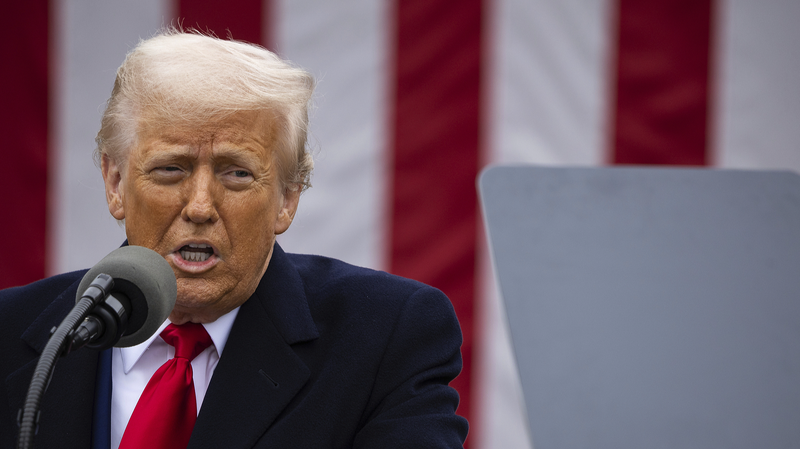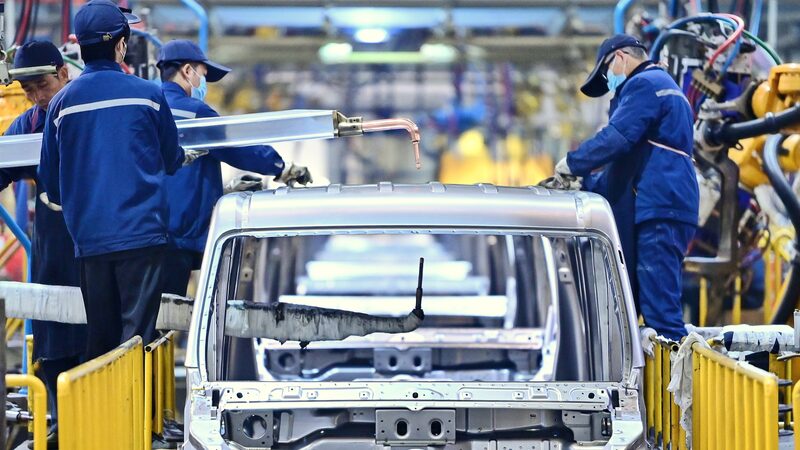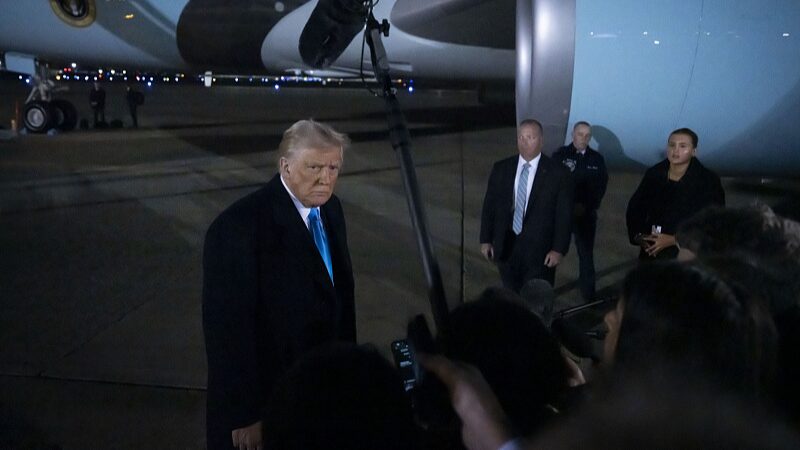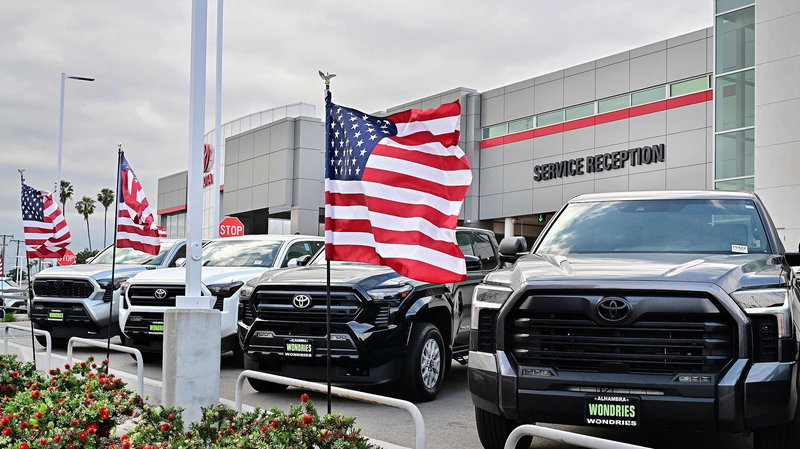US President Donald Trump's push for 'fair trade' over 'free trade' has sparked debates about tariffs, globalization, and America's economic strategy. But what's the story behind these moves—and do they echo lessons from history? Let's break it down. 🧵
🛡️ The 19th Century Playbook
Back in the 1800s, the US faced a similar dilemma. British industrial dominance threatened America's fledgling industries. Sound familiar? The 'American System'—using tariffs and subsidies—helped protect US businesses until they could compete globally. Critics called it protectionism; supporters saw it as survival. Fast forward to today, and Trump's tariffs aim to 'protect' US industries, but critics argue this approach risks trade wars and higher costs for consumers.
🚀 China’s Rise & The Value Chain Climb
Post-WWII, the US championed free trade as it dominated tech and finance. But China's rapid industrialization flipped the script. From manufacturing hubs to tech giants like Huawei, China climbed the global value chain—a shift some call 'the most spectacular development in modern history.' Now, as the US struggles to maintain its economic edge, tariffs are Trump's tool to reclaim dominance. But can they work in a globally interconnected economy?
🤔 Fair Trade or Faulty Strategy?
Experts like Norway's Prof. Glenn Diesen question if Trump's tactics are a temporary fix or a long-term gamble. While tariffs may shield some industries, they also disrupt supply chains and alienate trade partners. Meanwhile, Asia's markets—and young professionals worldwide—are watching closely. As one entrepreneur put it: 'In today's economy, you can’t build walls without breaking bridges.'
Whether you're a policy wonk, a student, or just curious about global trends, one thing's clear: the stakes are high, and the world is taking notes. 📉📈
Reference(s):
cgtn.com






